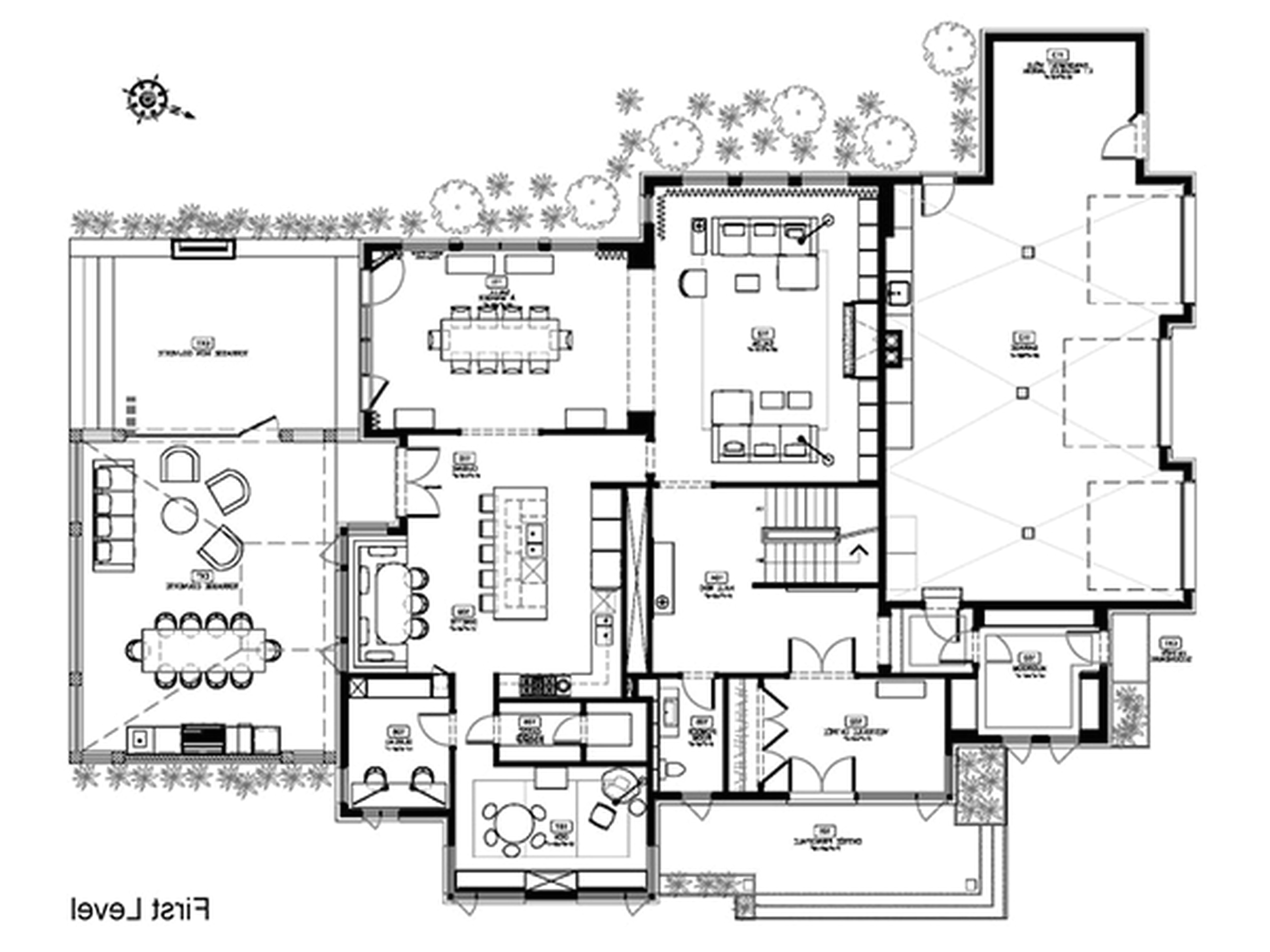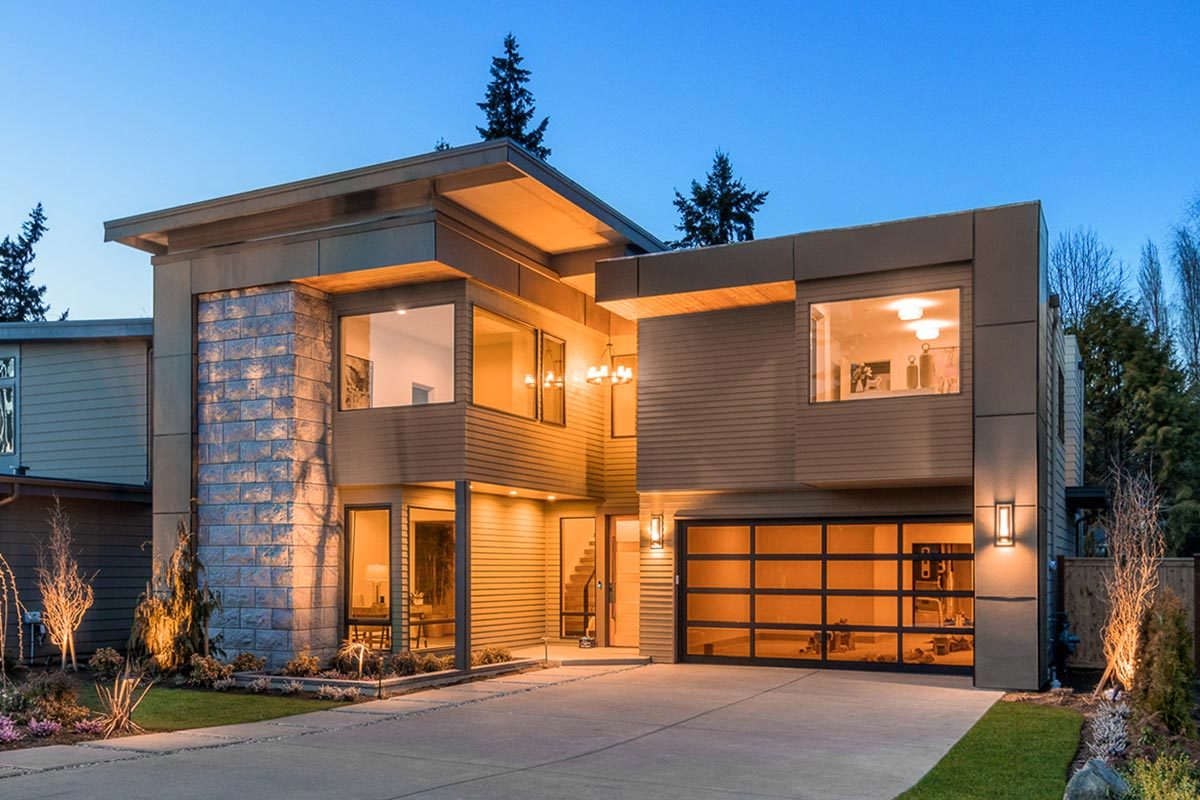
Introduction
Architectural house plans are designed to provide a detailed outline of a building's structure, layout, and design. These plans serve as a roadmap for construction and renovation projects, helping architects, builders, and homeowners visualize the final product. They include various elements such as floor plans, elevations, sections, and construction details. Let's delve deeper into the importance and key components of architectural house plans.
The Significance of Architectural House Plans
Architectural house plans play a crucial role in the construction process. They provide a clear understanding of the project's scope, ensuring that everyone involved is on the same page. These plans serve as a communication tool between architects, engineers, contractors, and clients, enabling effective collaboration and minimizing errors and misunderstandings. Moreover, they help in obtaining necessary permits and approvals from regulatory authorities.

Key Components of Architectural House Plans
1. Floor Plans: These plans illustrate the layout of each floor, including room dimensions, walls, doors, and windows. They provide a bird's-eye view of the entire building, showcasing the distribution and arrangement of spaces.

2. Elevations: Elevations depict the building's exterior views from different angles. They showcase the height, shape, and design of the structure, including details such as material finishes, windows, doors, and architectural features.

3. Sections: Sections provide a vertical cut-through of the building, revealing the interior details and structural elements. They help in understanding the building's vertical dimensions, such as ceiling heights, staircases, and structural supports.

4. Construction Details: These drawings focus on specific construction elements, such as foundations, walls, roofs, and joinery. They provide detailed instructions for builders and contractors, ensuring accurate implementation.

5. Electrical and Plumbing Plans: These plans depict the locations of electrical outlets, switches, fixtures, and plumbing connections. They ensure proper installation and functionality of electrical and plumbing systems within the building.

Choosing the Right Architectural House Plan
Selecting the right architectural house plan is crucial for a successful construction or renovation project. Consider the following factors:
- Budget constraints
- Size and layout requirements
- Architectural style and aesthetics
- Functional needs
- Sustainability and energy efficiency
Consulting with an experienced architect can help you make an informed decision and customize a plan that suits your unique preferences and requirements.
Conclusion
Architectural house plans are the blueprint for construction projects, providing a comprehensive guide for builders and homeowners. With their detailed floor plans, elevations, sections, and construction details, these plans ensure effective communication, minimize errors, and streamline the construction process. By understanding the key components and selecting the right plan, you can bring your dream home to life.